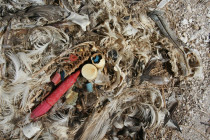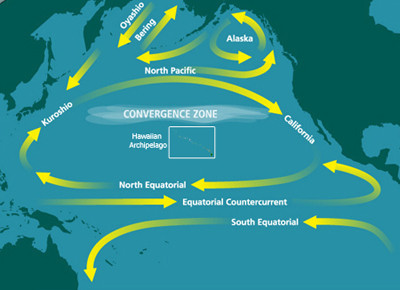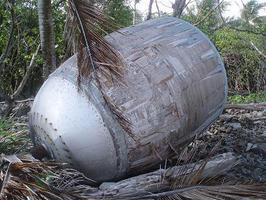Waste, Sanitation and Water Management
According to the World Health Organization, more than 3.4 million people die every year as a result of water-related diseases, making it the leading cause of death and disease around the world.
Most of the victims are young children, the vast majority of whom die of illnesses caused by organisms that thrive in water sources contaminated by raw sewage. Waste management, sanitation and water
management are therefore integrally related. They are also extremely difficult to achieve on low island atolls with some of the
highest population densities on earth, such as on Tarawa in Kiribati or Ebeye in the Marshall Islands.
A Herculean effort will be required to clear sites like Red Beach, where the memorial of the World War II Battle of Bloody Tarawa now stands beside a sprawling, open trash dump and latrine. With heavy funding, cultural education, and political support, PEPP and its partners can clean up such public health risks and eyesores. Moreover, PEPP's experienced staff can safely clear unexploded army and naval ordnance left over from World War Il and salvage derelict shipping vessels posing threats to navigation and the marine environment.
PEPP abhors and strongly opposes nuclear testing in the Pacific. We support the efforts of Kiritimati and other islands to develop rainwater catchments and protect their subsurface freshwater lens from contamination. With its international partners, PEPP works with conscientious farmers to promote best practices designed to improve crop harvests and animal husbandry, recapture methane from livestock, and prevent the reef and estuary damage caused by the effluence of Persistent Organic Pollutants. PEPP supports efforts to devise methods for cleaning up the Great Pacific Garbage Patch, or Gyre, such as the Ocean Cleanup Array, which proposes to use booms to funnel pelagic plastics into filtering and collection points for recycling. Finally, PEPP stands ready to work with governing jurisdictions and responsible partners in the petroleum industry to assure that offshore exploration efforts comply with regulatory requirements and industry standards.
*Photo courtesy of Duncan Wright, U.S. Fish and Wildlife Service.











